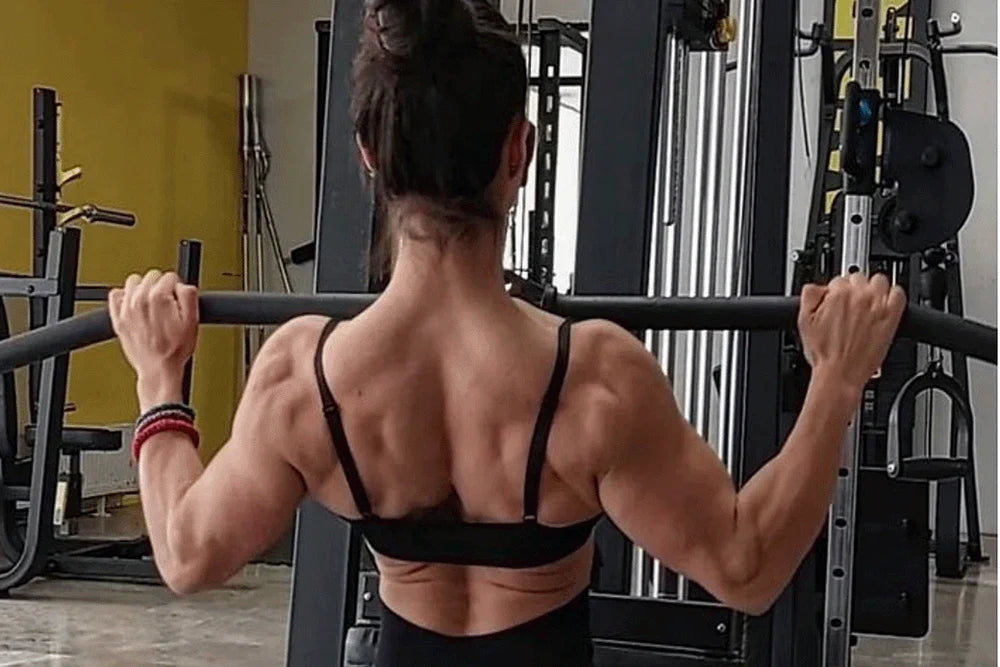When structuring a balanced upper body strength program, understanding the relationship between incline bench press and flat bench press is essential. These two pressing angles train overlapping but distinct muscle groups, and your performance in each offers valuable insight into muscular development, pushing mechanics, and training focus.
What Is the Ideal Incline to Flat Bench Press Ratio?
A commonly accepted standard among experienced lifters is that your incline bench press should be roughly 70–85% of your flat bench press. For example, if you can flat bench press 200 lbs for a solid working set, you’d typically expect to press between 140 to 170 lbs on the incline bench.
This ratio isn't fixed—it varies based on your build, training history, and technique. Some lifters with dominant anterior deltoids and upper chest strength may find the incline comes closer to 90% of their flat bench. Others who rely more on triceps or lower chest may find their incline numbers lag behind at 60–65%.
Why Does Incline Bench Press Less Weight Than Flat?
Biomechanics and muscle activation are at the core of this discrepancy:
-
Incline bench press places greater emphasis on the upper pectorals, anterior deltoids, and serratus anterior. These muscles are generally less developed than the ones driving a flat press.
-
The angle reduces leverage, making the movement more challenging.
-
For lifters with long arms or a shallow chest angle, incline work often feels awkward or less powerful.
In contrast, flat bench press recruits more of the mid-to-lower pecs, where most people have greater strength and muscle mass.
Flat to Incline Bench Press Ratio in Practice
Understanding your own ratio can help identify weak points or imbalances:
| Flat Bench (100%) | Target Incline Bench Range |
|---|---|
| 250 lbs | 175–210 lbs (70–85%) |
| 200 lbs | 140–170 lbs |
| 150 lbs | 105–125 lbs |
If your incline ratio dips below 60% of your flat bench, you may benefit from targeted upper chest training or improvements in shoulder stability and mobility.
How to Improve Your Incline Bench to Flat Bench Ratio
Here are a few training tips to bring balance:
-
Prioritize Incline Pressing
Train incline variations early in your workout to hit the upper chest while you're fresh. -
Use Varied Angles
Try different incline settings (15° to 45°) to find the most effective pressing path for your anatomy. -
Incorporate Dumbbells
Dumbbell incline presses allow a deeper stretch and more controlled movement, which can accelerate growth and strength. -
Add Volume for Upper Chest
Include incline flyes, landmine presses, and low-to-high cable crossovers to round out your program. -
Train Deltoids and Triceps Separately
Stronger delts and triceps support incline pressing, especially if they're a limiting factor.
Final Thought: What Percentage of Bench Should Incline Be?
While 75–80% is a good benchmark, there’s no universal “correct” ratio. The goal isn’t to force parity between incline and flat but to ensure your upper chest and shoulder strength aren’t underdeveloped. Regular testing, smart programming, and thoughtful accessory work will help build a press that’s not just powerful—but balanced.











































Leave a comment
This site is protected by hCaptcha and the hCaptcha Privacy Policy and Terms of Service apply.